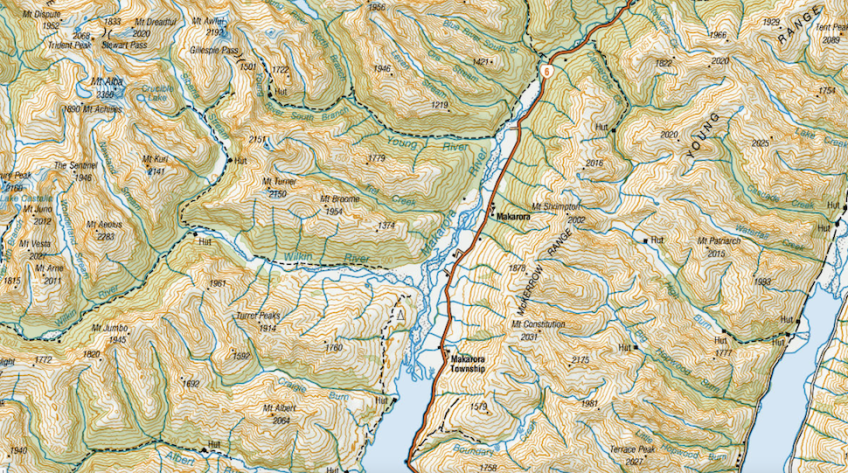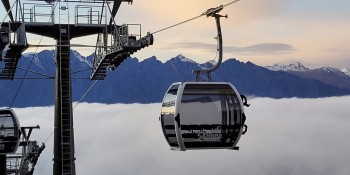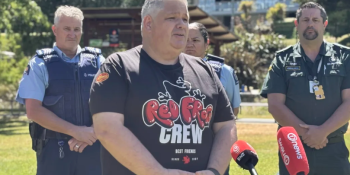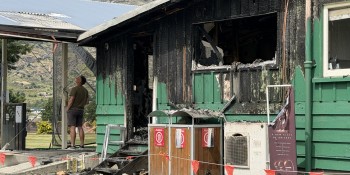
Tramping river safety advice endorsed by coroner after drownings
The coroner’s findings into the death of two university students in the Makarora River in 2020 highlight the dangers of river crossings while tramping in Aotearoa.
The NZ Mountain Safety Council (MSC) was asked to provide an independent expert report for the coroner that considered a combination of factors that could have caused the deaths of Kevin Lee and Ashwini Rasiwala, including recommendations on preventing future river crossing fatalities.
Lee, 22, and his flatmate Rasiwala, 20, had been planning to tramp the advanced 58km Gillespie Pass Circuit in Mt Aspiring National Park. However, the two University of Otago students from New Zealand and France respectively, did not leave clear trip intentions with anyone prior to setting off.
Tragically, on February 7, a tramping party found Rasiwala’s body near the confluence of the Young and Makarora Rivers. Lee’s body was found the following day, just 5m downstream from Rasiwala.
Coroner Alexander Ho findings state that both Rasiwala and Lee drowned during an attempted crossing of the Makarora River on the morning of February 6.
In the days leading up to February 6, the area had received approximately 300mm of rainfall over a 48-hour period. The Makarora River was flowing at a higher-than-normal rate on the morning of 6 February, despite no rain having fallen in the past 24 hours.
The MSC report states that the river would have been moving faster than normal walking pace, discoloured and the riverbed would not have been visible – all signs that the river was in flood and not safe to cross.
MSC considered a combination of factors that led to the fatalities including the river warning information on Department of Conservation (DOC) signage at the river, carpark, and website; the pair’s lack of river crossing and overall tramping experience, the impact of heuristics known as ‘mental shortcuts' which influence decision making, and the flooded state of the river at the time of the attempted crossing.
The coroner endorsed the NZ Mountain Safety Councils' recommendations for the purpose of preventing future river crossing deaths.
MSC recommended all hikers and trampers learn the following and be prepared for any planned or unexpected river crossings:
- Learn how to assess whether a river is safe to cross and how to cross safely. Videos, guides and eLearning courses are freely available on MSC’s website.
- When encountering an unbridged river, stop and assess whether it is safe to cross. Signs that a river is unsafe include:
(i) water moving faster than normal walking pace;
(ii) discoloured, cloudy or surging water;
(iii) visible debris in the river such as tree branches;
(iv) the sound of rolling boulders on the riverbed. - Carry a form of emergency shelter such as a tent or tarpaulin so that if a river is assessed as unsafe to cross there is no pressure to cross to get to a hut for shelter.
- Be prepared to turn back or change route to avoid the need to cross a dangerous river.
Those intending to cross rivers as part of their tramp should ensure they have reviewed the above guidance and that they are confident in implementing it.
The MSC extends its condolences to both Ashwini and Kevin’s families and friends.
Main image (DOC): The Mountain Safety Council considered a combination of factors that led to the fatalities including the river warning information on Department of Conservation (DOC) signage at the river, carpark, and website; the pair’s lack of river crossing and overall tramping experience, the impact of heuristics known as ‘mental shortcuts' which influence decision making, and the flooded state of the river at the time of the attempted crossing.





























